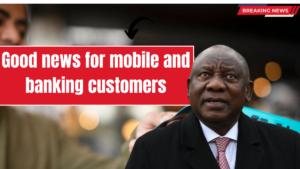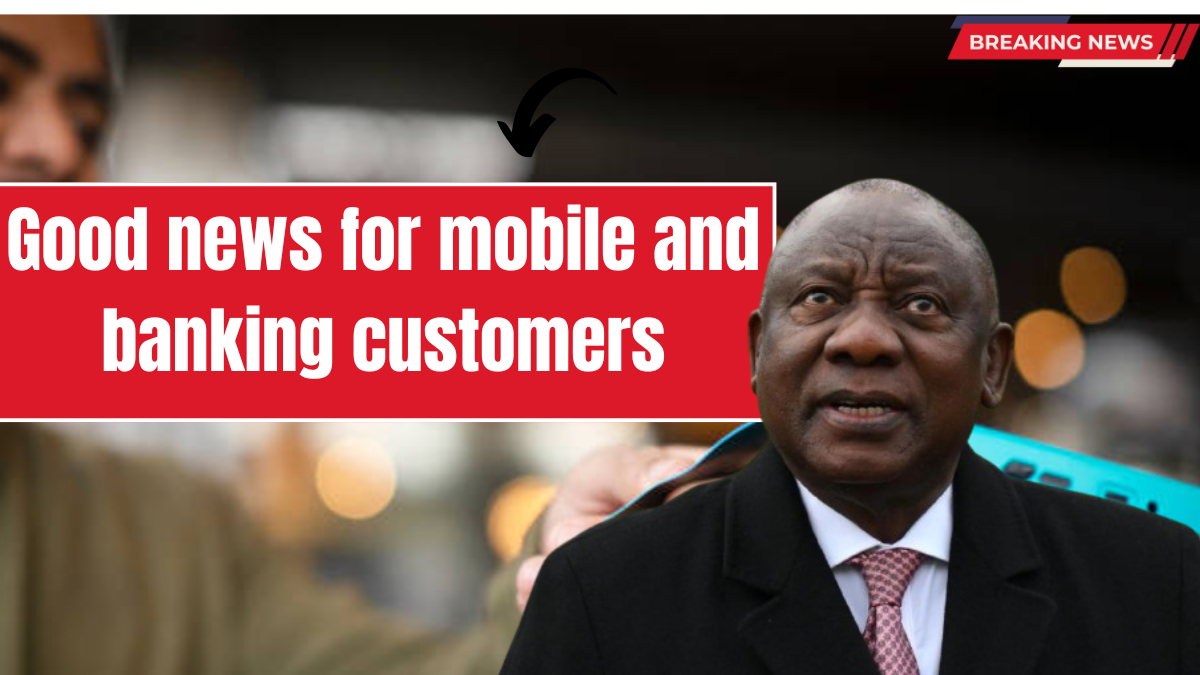In South Africa, an exciting transformation is underway as the lines between banking and telecommunications continue to blur. Major banks and mobile network operators are venturing into each other’s domains, creating a more integrated approach to services for consumers. This trend is not only aimed at enhancing revenue streams but also promoting competition that benefits the South African public.

Banks Moving into Mobile Services
Several prominent South African banks are now offering mobile services, stepping into the role of Mobile Virtual Network Operators (MVNOs). By providing affordable data packages through physical or eSIM, these banks are capitalizing on the demand for cost-effective mobile solutions. Notable examples of this shift include Capitec Connect, Standard Bank Mobile, and FNB Connect.
These bank-backed MVNOs are gaining popularity rapidly. For example, Capitec Connect had amassed 1.4 million subscribers by the end of 2024, while FNB Connect and Standard Bank Mobile reached 1.3 million and 300,000 subscribers, respectively. This move highlights a strategic effort by banks to diversify their portfolios and offer their customers a more seamless and holistic service experience.
Mobile Operators Entering Financial Services
While banks are stepping into telecommunications, the two largest mobile networks, MTN and Vodacom, have also embraced the world of financial technology (fintech). These mobile giants have developed comprehensive financial services that provide users with an all-in-one solution for everyday needs.
For instance, MTN’s MoMo app allows users to make bill payments, apply for loans, recharge airtime, and perform online transactions. Similarly, VodaPay offers a platform where users can enjoy exclusive deals, send money, purchase airtime, and manage their finances. Both services are an answer to the growing need for digital financial platforms in South Africa.
How MVNOs and Mobile Networks Work Together
A key aspect of this convergence is the mutually beneficial relationship between mobile networks and financial services. Both sectors have successfully integrated their operations, with mobile companies helping banks expand into telecommunications and vice versa. For instance, Vodacom has partnered with Bidvest Bank, and MTN has teamed up with African Bank to facilitate payments and enhance the user experience.
Mobile networks have also ventured into providing business payment solutions, offering contactless POS machines and business funding options, ensuring that small businesses can access a broader range of financial tools and services.
Challenges in the Mobile and Banking Landscape
While the growth of banking-backed MVNOs is positive for consumers, these services come with their own set of challenges. The capital-intensive nature of mobile infrastructure means that companies must continually invest in the necessary technology to maintain high-quality service standards. Mobile operators such as Vodacom have invested over R11 billion annually in infrastructure, and the industry remains reliant on securing radio frequency spectrum, which is a limited and expensive resource.
However, the rise of MVNOs has shown that companies don’t need to own mobile infrastructure or spectrum to enter the market. Instead, businesses can buy wholesale services from existing mobile providers, reducing the initial capital outlay.
Future of Financial and Mobile Convergence in South Africa
The future of this convergence looks bright. With plans to expand their mobile services and develop further financial products, companies are set to create a more competitive landscape. Amazon’s Project Kuiper and SpaceSail (Qiafan) are among the new entrants set to increase competition in the market, offering a wealth of opportunities for both consumers and businesses.
Conclusion
The rapid convergence of the banking and telecommunications sectors in South Africa has the potential to reshape the country’s digital landscape. By leveraging the strengths of both industries, banks and mobile networks are offering South Africans a broader, more integrated range of services. This evolution not only benefits consumers but also drives competition and innovation, ensuring that the industry continues to evolve to meet the needs of a tech-savvy, digital-first population.
FAQs
Q1: What are MVNOs, and why are banks offering mobile services?
A1: MVNOs (Mobile Virtual Network Operators) are companies that provide mobile services without owning the underlying network infrastructure. Banks are offering mobile services as part of their strategy to diversify their offerings, provide more value to customers, and stay competitive in an increasingly digital world.
Q2: How do mobile services benefit banks and consumers?
A2: For banks, mobile services are a way to generate additional revenue and increase customer engagement. For consumers, these services offer more affordable data plans and convenient access to banking services, creating a more seamless experience.
Q3: How are mobile networks entering the financial technology space?
A3: Mobile networks like Vodacom and MTN are entering the fintech space by offering services such as mobile wallets, bill payments, loans, and payment solutions for businesses. These offerings help meet the growing demand for accessible, digital financial tools.
Q4: Are these new mobile services affordable for all consumers?
A4: Yes, mobile services offered by banks like Capitec Connect and FNB Connect offer affordable data plans. However, the affordability can depend on the individual’s mobile usage, as well as the specific service provider and their available plans.
Click here to know more.
Aanchal is a passionate writer with a keen interest in storytelling, content creation, and creative expression. She enjoys exploring diverse topics and crafting engaging narratives that captivate readers.

